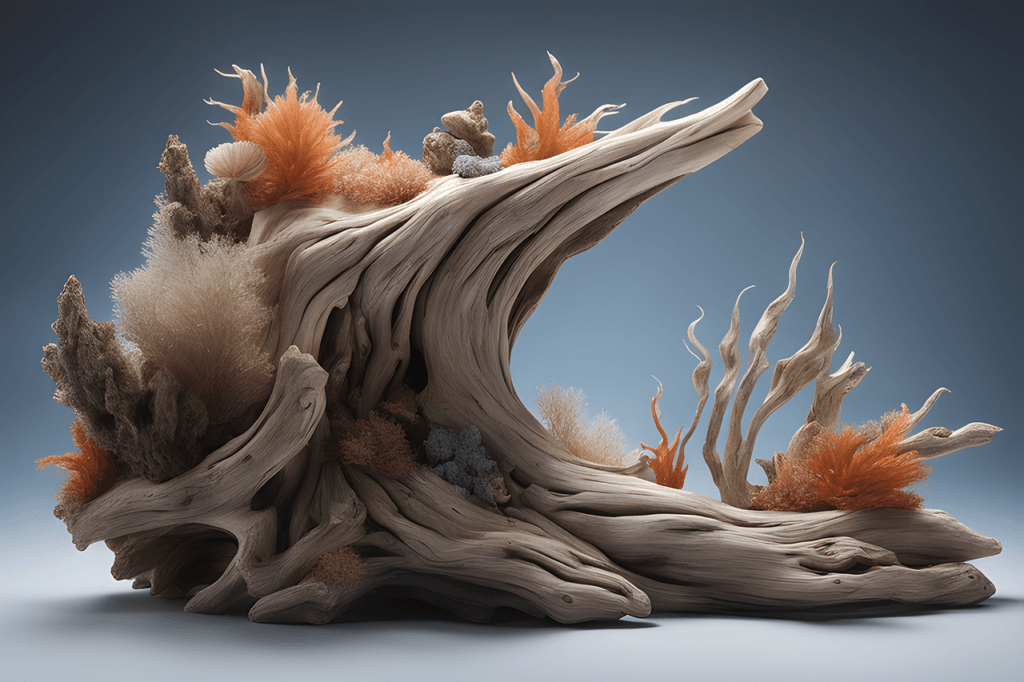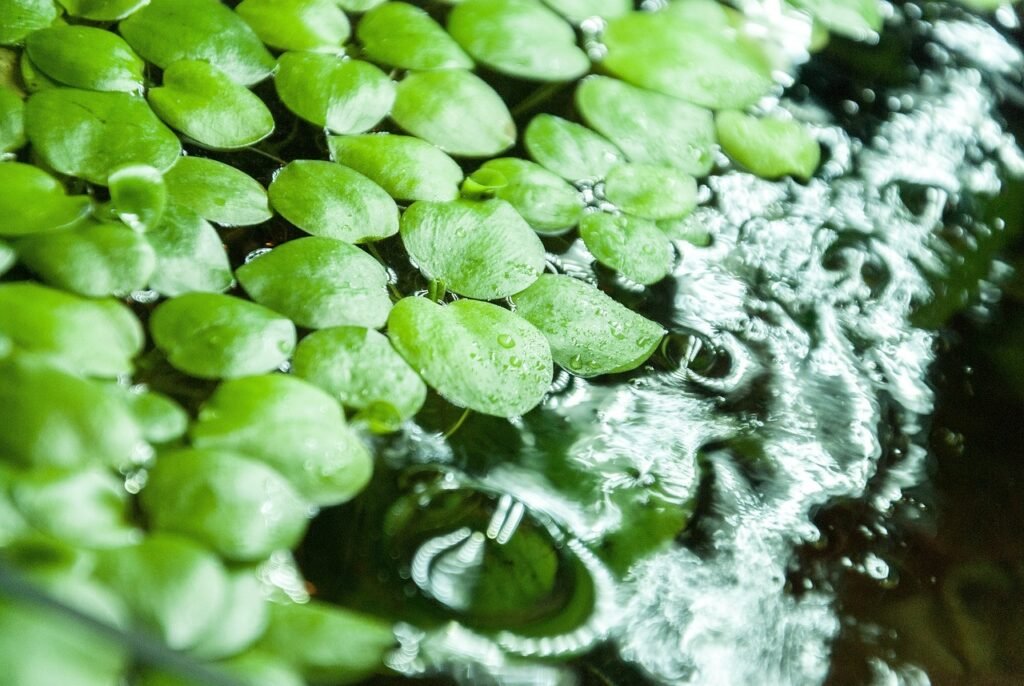Imagine stepping into a magical underwater world, where every twist and turn reveals breathtaking scenes that look like they’re right out of a fairy tale. In the fascinating world of aquascaping, you can create such enchanting habitats using something called Dragon Stone. This special stone, with its rough texture and intriguing shapes, helps you build underwater landscapes that are both stunning and natural-looking. By learning how to use dragon stone effectively, you can transform an ordinary aquarium into a captivating scene from a mystical land, delighting not only yourself but anyone who peeks into your watery world. We’ll explore how these rugged stones set the stage for aquatic plants and fish to thrive, turning your tank into a living work of art.

Introduction
Have you ever wondered what it’s like to create a magical underwater landscape in your own home? Aquascaping with Dragon Stone can do just that! Let’s dive into the world of aquascaping and explore why it’s so fascinating.
What is Aquascaping?
The Art of Underwater Gardening
Aquascaping is like painting, but instead of a canvas, you use an aquarium. You arrange plants, rocks, and other natural materials to create a beautiful scene underwater. It’s like making a little garden that fish can swim in!
Why Use Dragon Stone?
Dragon Stone is a type of rock that looks very mystical because of its holey surface and rough texture. It makes your aquarium look like a scene from a dragon’s lair. Plus, it’s perfect for plants to grab onto and grow.
Historical Context
Origin of Aquascaping
The art of aquascaping started many years ago in Japan. It was inspired by Japanese gardening techniques which focus on simplicity and natural beauty. People wanted to bring this tranquility inside their homes.
How Dragon Stone Became Popular
Dragon Stone became popular because it’s unique and helps create fantastic, natural-looking underwater landscapes. It’s also quite light compared to other stones, making it easier to use in an aquarium.
Current Trends
Modern Aquascaping Styles
Nowadays, aquascaping has lots of different styles. Some people like a very neat and tidy look, while others prefer a wild, jungle feel. Dragon Stone is versatile, so it can be used in many ways to fit these styles.

Key Concepts and Definitions
Understanding Key Terms
- Aquascape: The act of arranging aquatic plants, rocks, and substrates in an aquarium.
- Dragon Stone: A lightweight, porous rock often used in aquascaping for its dramatic appearance.
Detailed Exploration
How to Choose Dragon Stone
When you pick Dragon Stone for your aquarium, look for pieces that have interesting shapes and lots of crevices. These features help create a more enchanting habitat.
Preparing Dragon Stone for Your Tank
- Clean the stones: This removes any dust and debris.
- Test for suitability: Make sure the stones don’t affect your water quality.
Setting Up Your Aquascape
- Plan your design: Sketch out where each stone will go.
- Arrange the base layer: Usually sand or gravel.
- Place your Dragon Stones: Build up your main structure.
- Add plants and details: This brings your aquascape to life.

Example 1: A Simple Dragon Stone Aquascape
Imagine a small tank with a big, arching piece of Dragon Stone. Mosses grow over the top, small fish swim through the gaps, and everything looks peaceful. This setup isn’t just beautiful; it’s also simple to maintain.
Example 2: A Complex Dragon Stone Aquascape
Now think bigger! A large aquarium with multiple pieces of Dragon Stone stacked to mimic a mountain range. Taller plants at the back, shorter plants in the front. This is more complex and takes more time to set up.

Comparison of Different Perspectives
Dragon Stone vs. Other Aquascaping Rocks
- Lava Rock: Very porous and great for bacteria, but it can look a bit harsh.
- Dragon Stone: Less porous but much more dramatic and natural-looking.
Benefits of Aquascaping for Families
Aquascaping can be a calming activity that helps you relax. Working on an aquascape can also be a fun family project that everyone can contribute to and enjoy.
Impact Assessment
Environmental and Educational Impacts
Using natural materials like Dragon Stone can teach you about geology and environmental science. It’s also a chance to learn about different aquatic plants and fish.
Psychological Benefits
Creating and watching an aquascape can reduce stress. It’s like having a piece of nature inside your home, which can make you feel peaceful just by looking at it.

Future Directions and Implications
Innovations in Aquascaping Techniques
New tools and technologies might make aquascaping even easier in the future. Imagine controlling your aquarium lighting or water flow with just your smartphone!
Implications for Home Decor
Aquascaping could become a central part of home decor. Maybe in the future, more homes will have larger, more intricate aquascapes as focal points in living rooms or entries.
Conclusion
Recap: Why Aquascape with Dragon Stone?
Dragon Stone enables you to create enchanting, natural-looking habitats that can transform your living space and offer a peaceful retreat from the busy world.
A Final Thought
Wouldn’t it be wonderful to have a little piece of an enchanted, watery world right in your home? What kind of magical landscape would you create with Dragon Stone?
Your adventure in aquascaping can start today! Why not explore more about this beautiful art and see where your creativity takes you?



